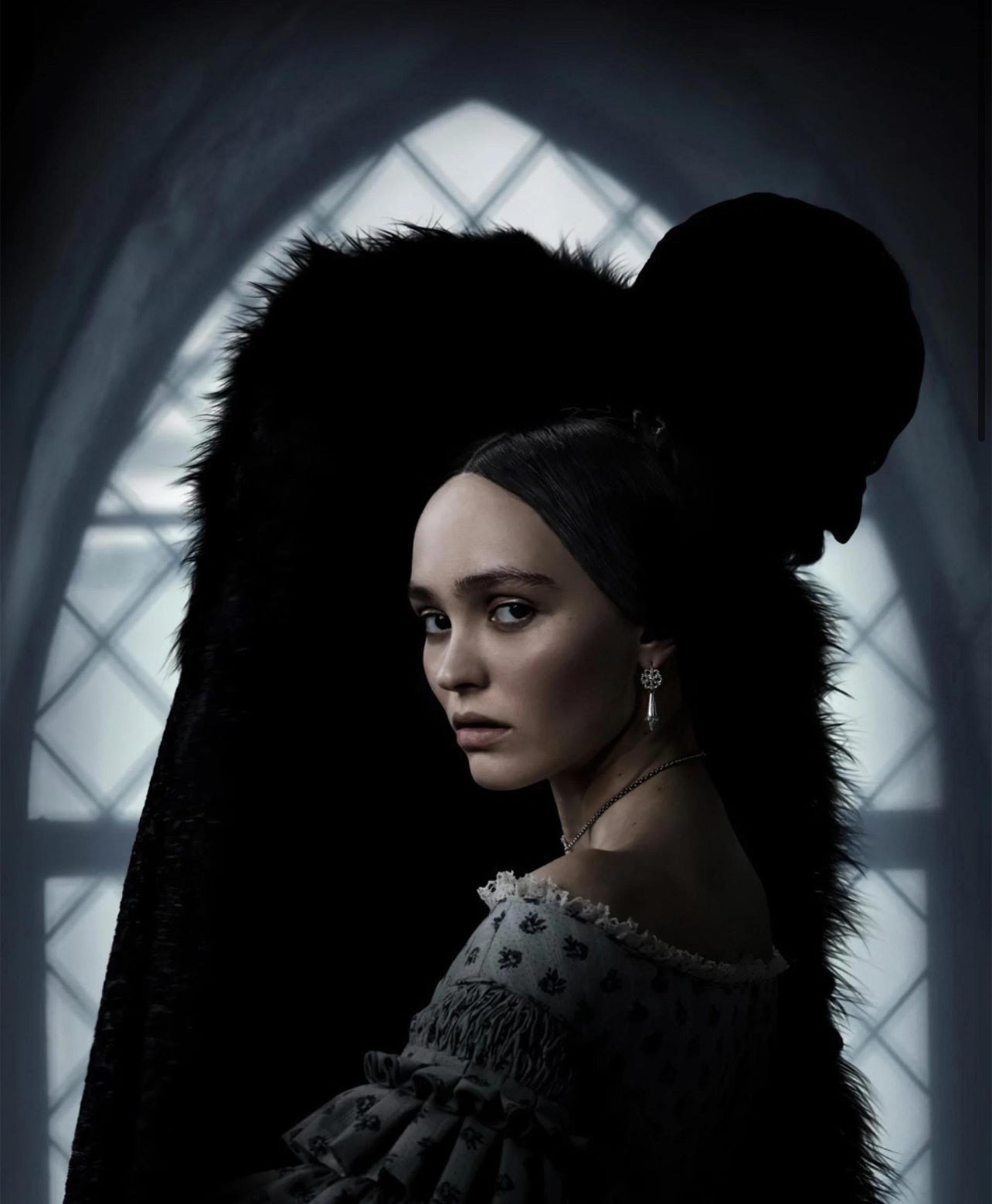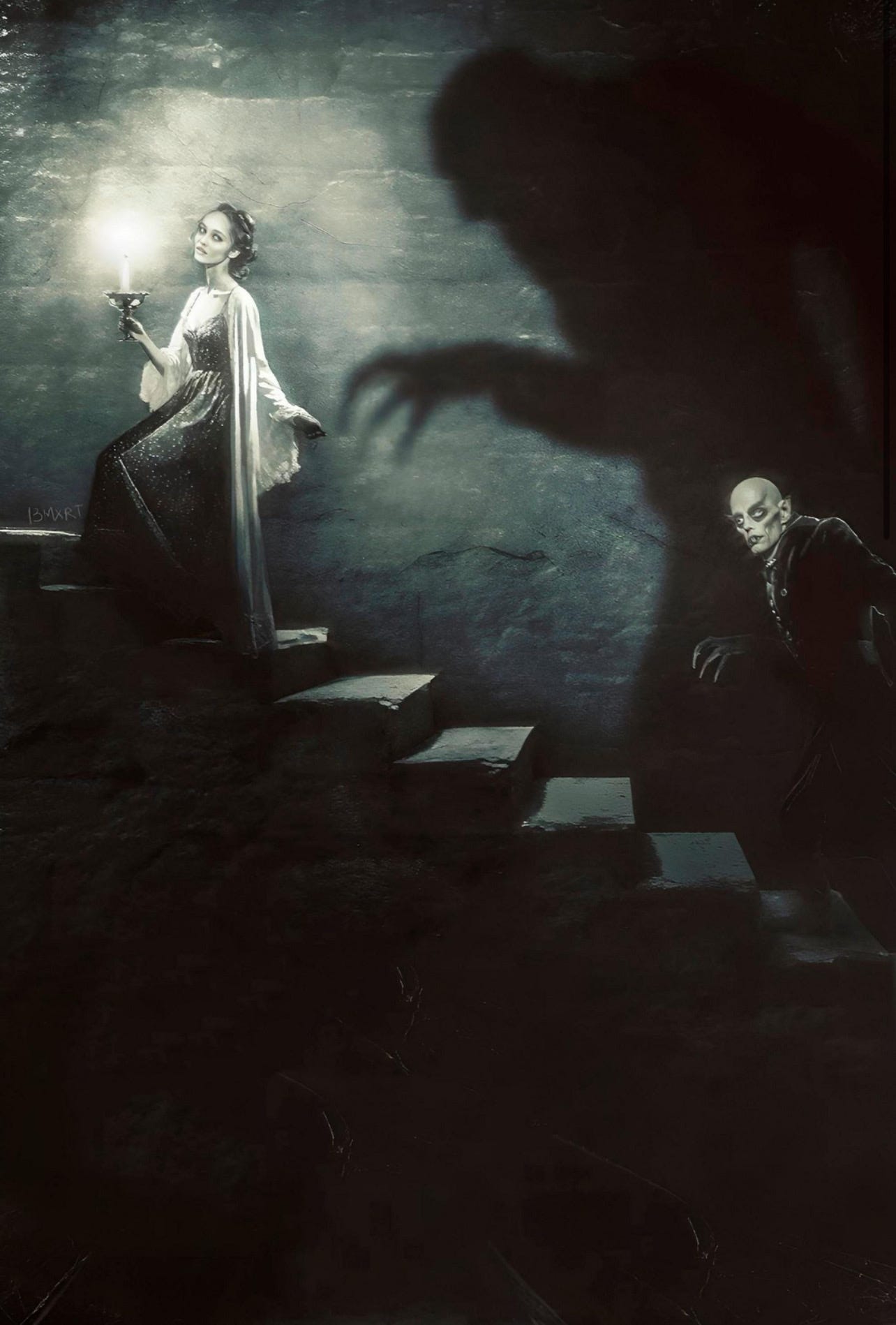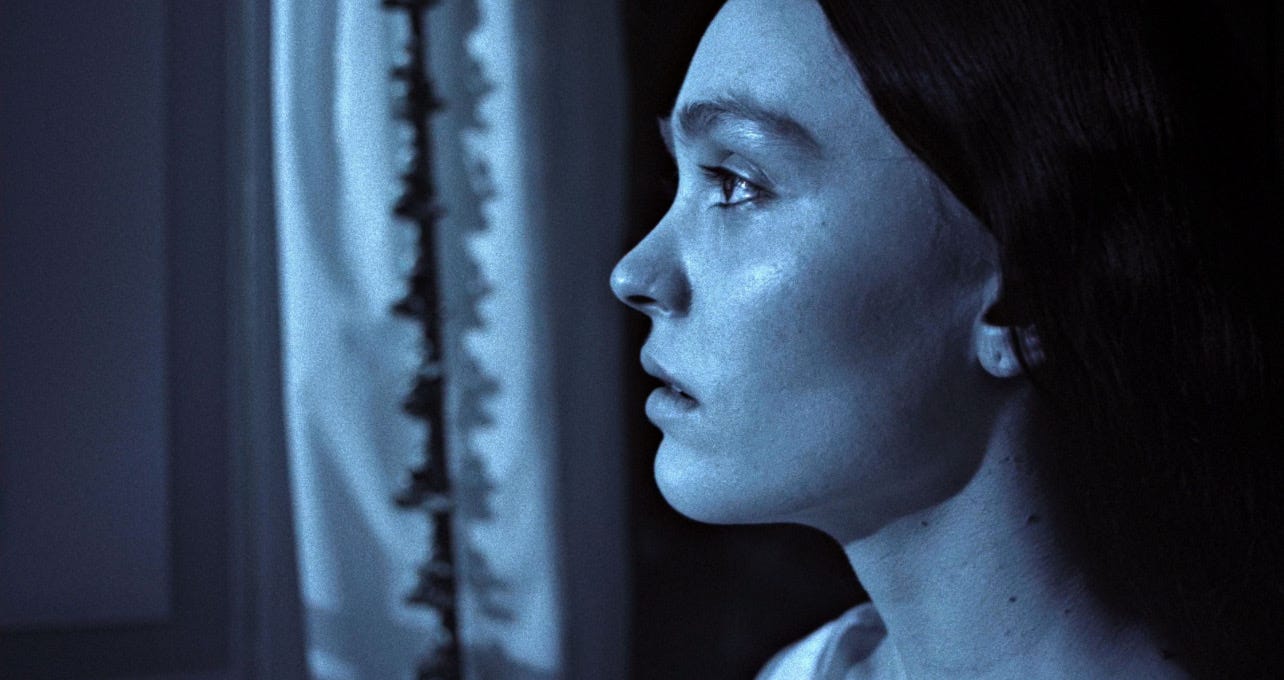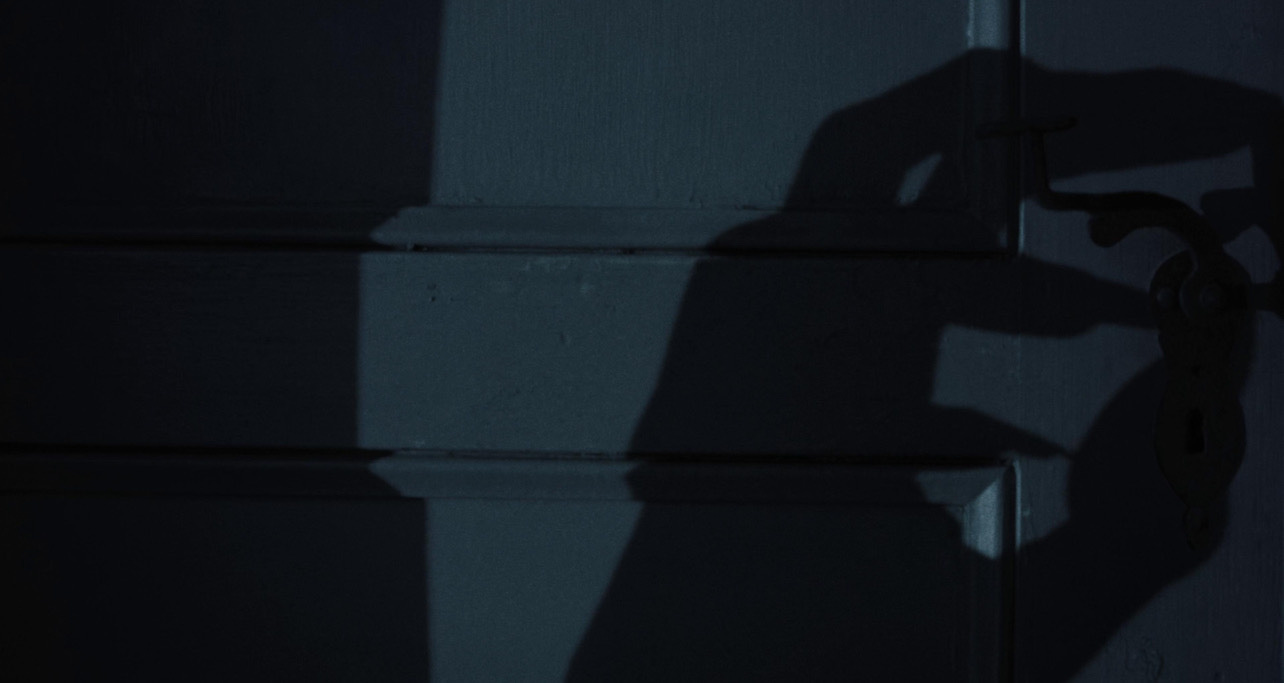Nosferatu (2024) Review: A Masterful Homage or Just a Shadow of the Original?
Robert Eggers’ Nosferatu (2024) arrives with immense anticipation, standing as a modern reimagining of the 1922 silent horror classic. Known for his meticulous craftsmanship in The Witch (2015) and The Lighthouse (2019), Eggers’ gothic sensibilities make him an ideal filmmaker to resurrect one of cinema’s most haunting figures—Count Orlok. But does his Nosferatu transcend homage, or does it merely linger in the shadow of its legendary predecessor?
Image source: GAWBY.com
From its inception, Nosferatu has been a defining text in horror, shaping vampire mythology long before Dracula became the dominant cultural reference. F.W. Murnau’s 1922 masterpiece, inspired by Bram Stoker’s Dracula, was a silent symphony of expressionistic dread, remembered for its nightmarish visuals and Max Schreck’s inhuman performance. Werner Herzog’s 1979 remake added poetic melancholy, reframing Orlok as a tragic, almost sympathetic creature.
Eggers, known for his historical accuracy and rich atmospherics, promised a film that would honor Nosferatu’s eerie legacy while carving its own identity. The result? A visually breathtaking but narratively safe film that reveres its source material but struggles to justify its existence beyond aesthetic grandeur.
The Visual Aesthetic: A Gothic Triumph but a Familiar Shadow
Image source: GAWBY.com
The film’s strongest asset is its stunning cinematography by Jarin Blaschke. Eggers and Blaschke embrace the chiaroscuro lighting of German Expressionism, casting deep shadows that feel ripped from the 1922 film’s playbook. Scenes unfold like moving paintings—Orlok’s grotesque silhouette creeping up the walls, flickering candlelight barely illuminating Ellen’s terror-stricken face, fog-drenched landscapes swallowing characters whole.
One of the most visually striking moments mirrors an iconic scene from the original: Orlok’s elongated shadow creeping up a staircase. In Nosferatu (2024), Eggers enhances this moment with richer contrasts and flickering light, making the looming figure feel even more ominous. The interplay of darkness and dim illumination amplifies the film’s oppressive mood, ensuring Orlok’s presence is felt even when he is physically absent.
However, while the cinematography is technically flawless, it risks becoming an aesthetic exercise rather than a narrative tool. Eggers’ obsession with replicating the silent film’s visuals sometimes prioritises form over function, leaving certain sequences feeling like beautifully crafted museum pieces rather than essential parts of the story.
Characterisation & Performances: Orlok’s Presence, Ellen’s Agency
The success of any Nosferatu remake hinges on its Count Orlok. The original film’s Max Schreck remains unparalleled, his grotesque features and rat-like demeanor embodying pure nightmare fuel. Klaus Kinski’s 1979 portrayal added a sense of deep loneliness to the character, making Orlok less a monster and more a doomed creature of sorrow.
Eggers’ Orlok, portrayed by Bill Skarsgård, is terrifying but not necessarily groundbreaking. His performance leans into the physicality of the role, but it doesn’t redefine the character beyond what Schreck and Kinski already perfected. The vampire is menacing, but does he feel distinctly Eggers? Not entirely.
Ellen, traditionally the story’s passive victim, is given more agency in this version. However, while she has a stronger presence, her character arc still doesn’t break new ground for gothic horror heroines. Her interactions with Orlok are visually compelling but emotionally underdeveloped, leaving her feeling more like a stylistic motif than a well rounded character.
The supporting cast—particularly Herr Knock, this version’s Renfield stand-in—is a mixed bag. While performances are solid across the board, the film doesn’t do much to expand its secondary characters in a way that justifies its remake status. Knock’s descent into madness and his role as Orlok’s servant are engaging, but they largely follow the same patterns as past adaptations, offering little beyond what has already been explored.
Sound Design & Score: A Silent Film’s Legacy with a Voice
Image source: GAWBY.com
The 1922 Nosferatu was silent, relying on its haunting imagery to instill fear. Eggers, given the power of modern sound design, integrates immersive sonic landscapes that amplify tension. The film’s use of silence, unsettling ambient noise, and an eerie orchestral score builds dread in ways that dialogue alone cannot.
The score is a highlight, blending operatic intensity with unnerving dissonance. However, certain moments rely too much on conventional horror cues—deep strings swelling before a scare, sudden jarring noises—that feel at odds with the film’s otherwise meticulous craftsmanship. Some of the most chilling moments are when Eggers trusts silence, letting the visuals do the work.
Themes & Narrative: An Elegant Shell with Little Inside?
Image source: GAWBY.com
The original Nosferatu was laden with symbolism—a film made in post-World War I Germany, its vampire representing both a plague-like horror and a shadow of war’s lingering devastation. Herzog’s Nosferatu the Vampyre infused the story with existential dread, turning Orlok into a cursed, pitiful creature trapped by his immortality.
Eggers’ adaptation, while thematically rich, doesn’t introduce new layers to the narrative. The film retains the gothic horror staples—disease, fear of the unknown, decay—but doesn’t redefine them for modern audiences in the way, say, The Witch reinterpreted Puritan anxieties.
The biggest issue? Eggers is so in awe of the original that he hesitates to break away from it. While the film is never outright derivative, it lacks fresh ideas, making it feel more like a masterful recreation than a bold reinterpretation.
Audience Reception: Who Will Appreciate This?
This is not a mainstream horror film. Like all of Eggers’ work, it’s slow-burning, atmospheric, and deeply committed to period accuracy. Fans of traditional jump-scare horror may find it too meditative, while cinephiles will admire its craftsmanship.
Horror purists may debate whether it adds enough to the Nosferatu canon to be considered essential. It is undoubtedly a visual and technical marvel, but does it justify its existence beyond being a love letter to German Expressionism? That’s the ultimate question.
Admirable, Yet Not Groundbreaking
Eggers’ Nosferatu is a respectful, visually breathtaking remake, but its greatest strength is also its weakness—it is so dedicated to its source material that it never fully steps out of its shadow.
Strengths:
•Gothic cinematography that pays perfect homage to German Expressionism.
• Brilliant use of light, shadow, and an eerie sense of suspense.
• Sound design that elevates its haunting visuals.
Weaknesses:
• Lacks a strong narrative reinvention—feels more like a homage than a bold new take.
• Orlok’s characterisation, while strong, doesn’t surpass past portrayals.
• Moments of self-indulgence slow the pacing without adding much depth.
While Nosferatu (2024) is a stunning work of visual art, it is not a definitive adaptation. It will be admired by cinephiles, studied by film students, and debated by horror enthusiasts, but for general audiences, it might not hold the bite it needs to be a lasting horror classic.








